Dunhuang Travel Guide
Dunhuang, a name meaning “grand and prosperous,” reflects its illustrious past. Located at the western end of the Hexi Corridor, Dunhuang was a vital city on the ancient Silk Road. Historically, it was the only gateway from central China to the Western Regions and Europe, making it a crossroads of four ancient civilizations: Chinese, Indian, Greek, and Islamic. This confluence of cultures made Dunhuang a vibrant hub of exotic customs and ancient legends.
The Mogao Caves, often called the “art gallery in the desert” and the “spiritual oasis of art and faith,” are the primary reason most travelers visit Dunhuang. As the world’s largest and most richly endowed site of Buddhist art, the Mogao Caves hold profound historical significance, magnificent cultural treasures, and remarkable artistic achievements. It is considered a must-visit destination, a place to experience at least once in a lifetime.
Beyond the Mogao Caves, Dunhuang offers a diverse landscape and cultural experiences. The Crescent Spring, an oasis embraced by the singing sands of Mingsha Mountain, the desolate yet stunning desert and Gobi, the serene Buddhas in the West Thousand-Buddha Caves, the mysterious Yadan “Devil City” rock formations, and the legendary Jade Gate and Yangguan Pass, celebrated in poetry, all contribute to Dunhuang’s legendary allure.

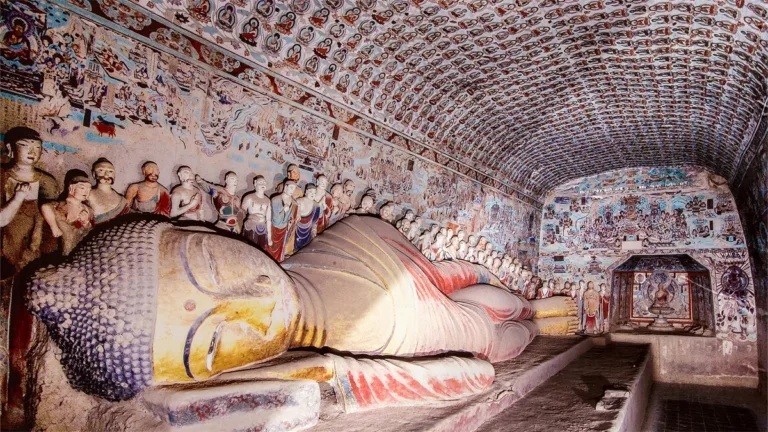
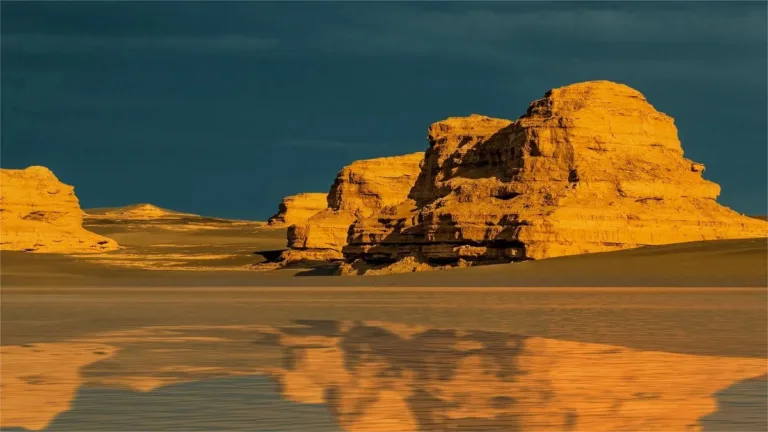


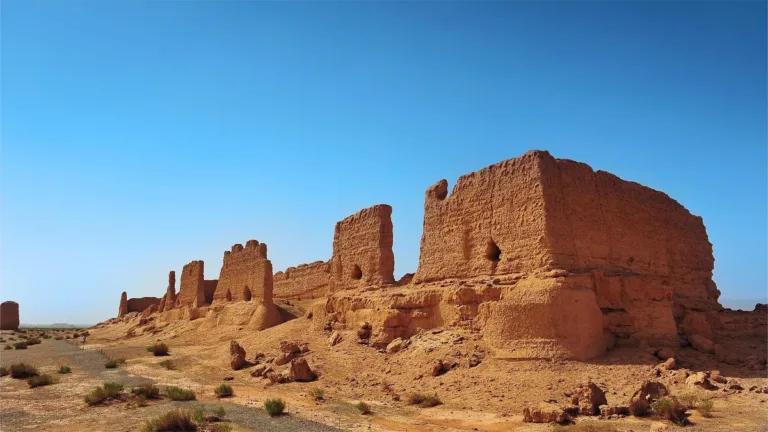


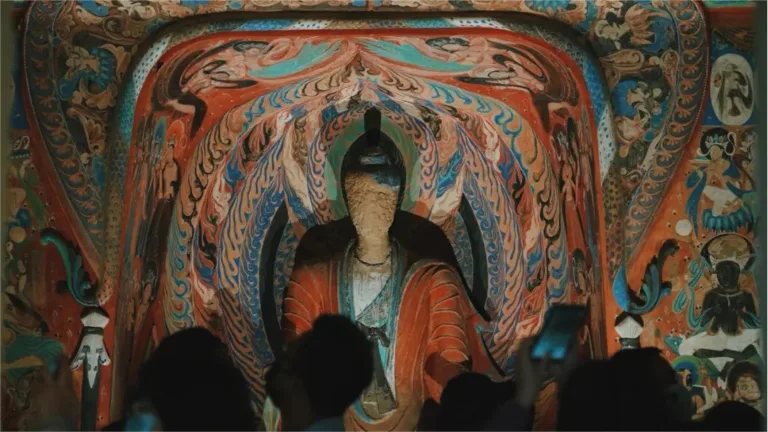

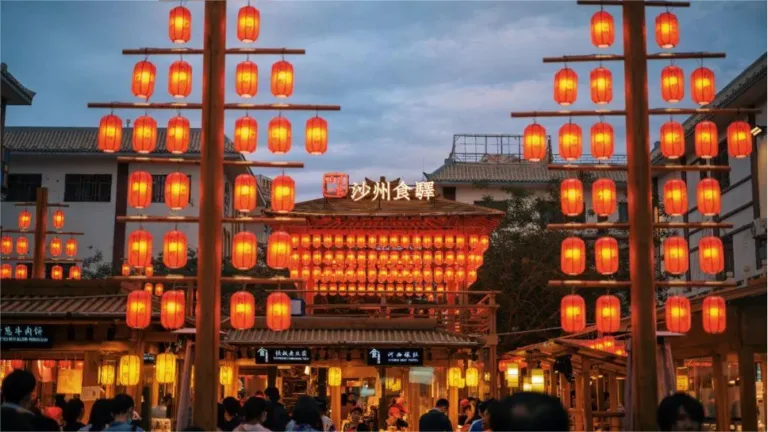
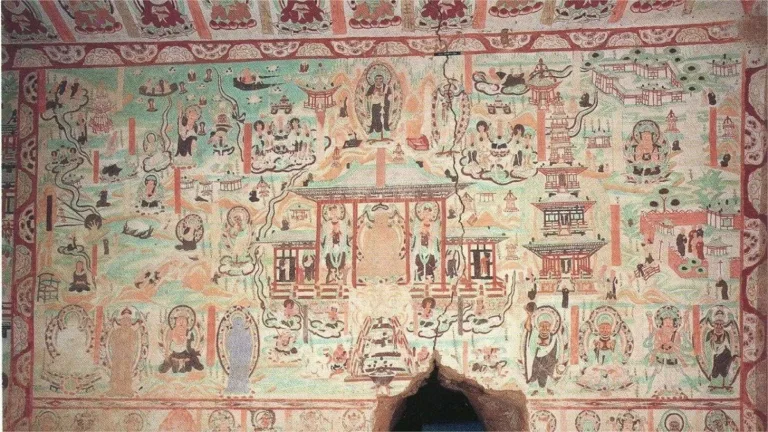
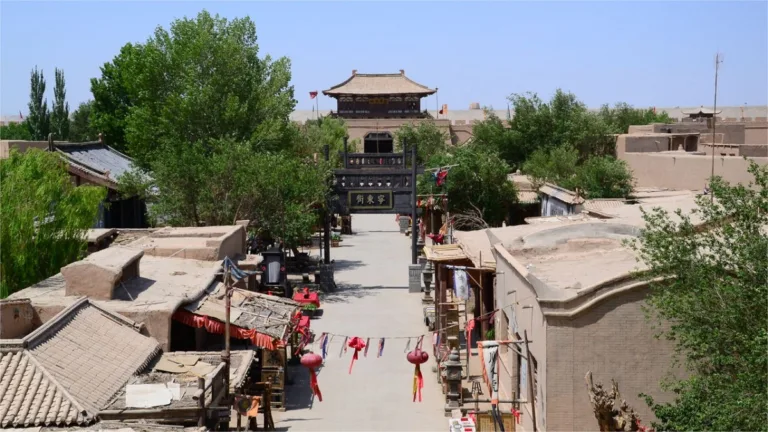

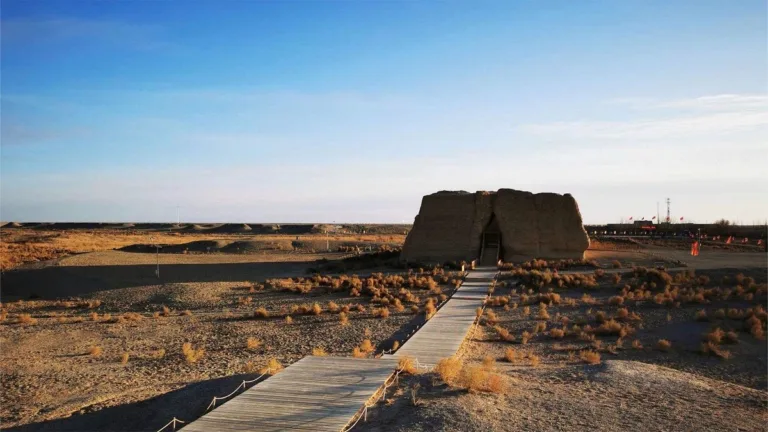
When visiting the Mingsha Mountain, make sure to wear sunglasses and a hat, as the wind and sand can be quite intense. A mask can help prevent sand from getting into your mouth, while sunglasses will protect your eyes from the wind and sand, plus they help you look stylish—it’s a win-win! (I actually suggest wearing flip-flops instead of renting shoe covers; it’s more practical.) When riding a camel, be careful not to startle it with loud noises or touch… Read more »
Tip 1: There’s no need to do any preparation for Mingsha Mountain because once you stand at the foot of the mountain, you’ll forget everything else and just be amazed. Just focus on climbing – it’s better to use shoe covers, but where you buy them doesn’t matter (important point: travel light!!!). Tip 2: Don’t expect too much from the 20 yuan photos taken by the camel guides; however, the camel handlers are very nice and responsible. Tip 3: No… Read more »
Due to time constraints, I visited the Mogao Caves in the afternoon and then caught the sunrise at the Mingsha Mountain the next morning (note that entrance is not allowed after around 5:30 or 6 PM). After enjoying the sunrise, I proceeded to the Yumenguan and the Devil’s City. At Mingsha Mountain, entrance is free if you don’t ride a camel. However, if you do decide to ride, make sure to wear gloves, as your hands and feet can get… Read more »
Currently, Dunhuang City offers a wide range of options. Except for the lodging near Mingsha Mountain, which is closed, hotels in the city center are operating normally and dining options are also available. The Dunhuang Night Market has a few stalls open, but most have already closed.
Dunhuang left a wonderful impression on me. The city is clean and tidy, and honking is prohibited within the city, which really gives it the charm of a tourist destination. From restaurant owners to hotel staff and taxi drivers, everyone is incredibly polite and welcoming, making it a safe place for solo travelers. If, like me, you dislike crowded places and are not afraid of cold weather, visiting Dunhuang in the off-season is definitely worth it!
We arrived in Dunhuang around 4 PM and first checked into our homestay. The location is just a few dozen meters from the scenic area, which is incredibly convenient. Plus, there are camels living nearby, making it perfect. We can dig for sand every day!
Due to yesterday’s sandstorm, combined with the holiday and the weekend, tens of thousands of people rushed to the sand dunes. I witnessed what true crowds look like.